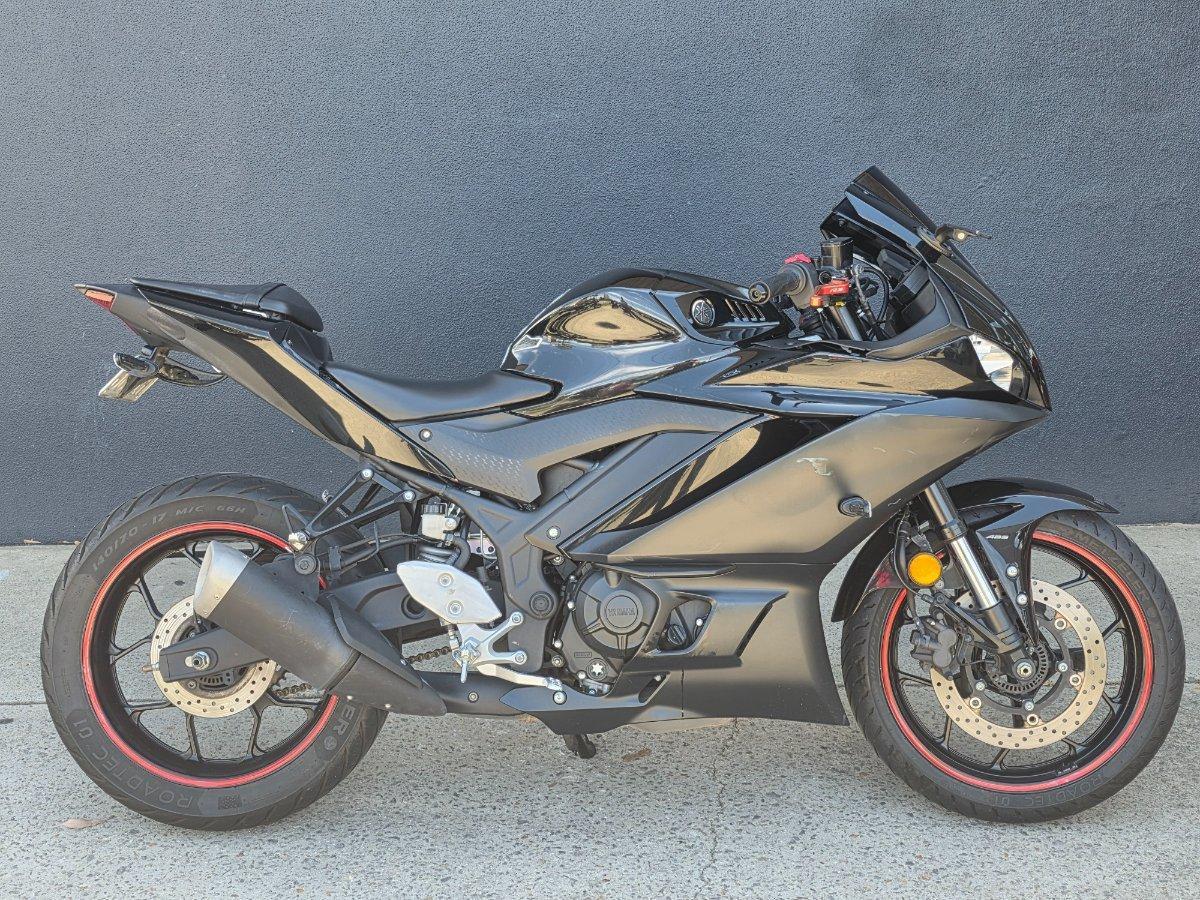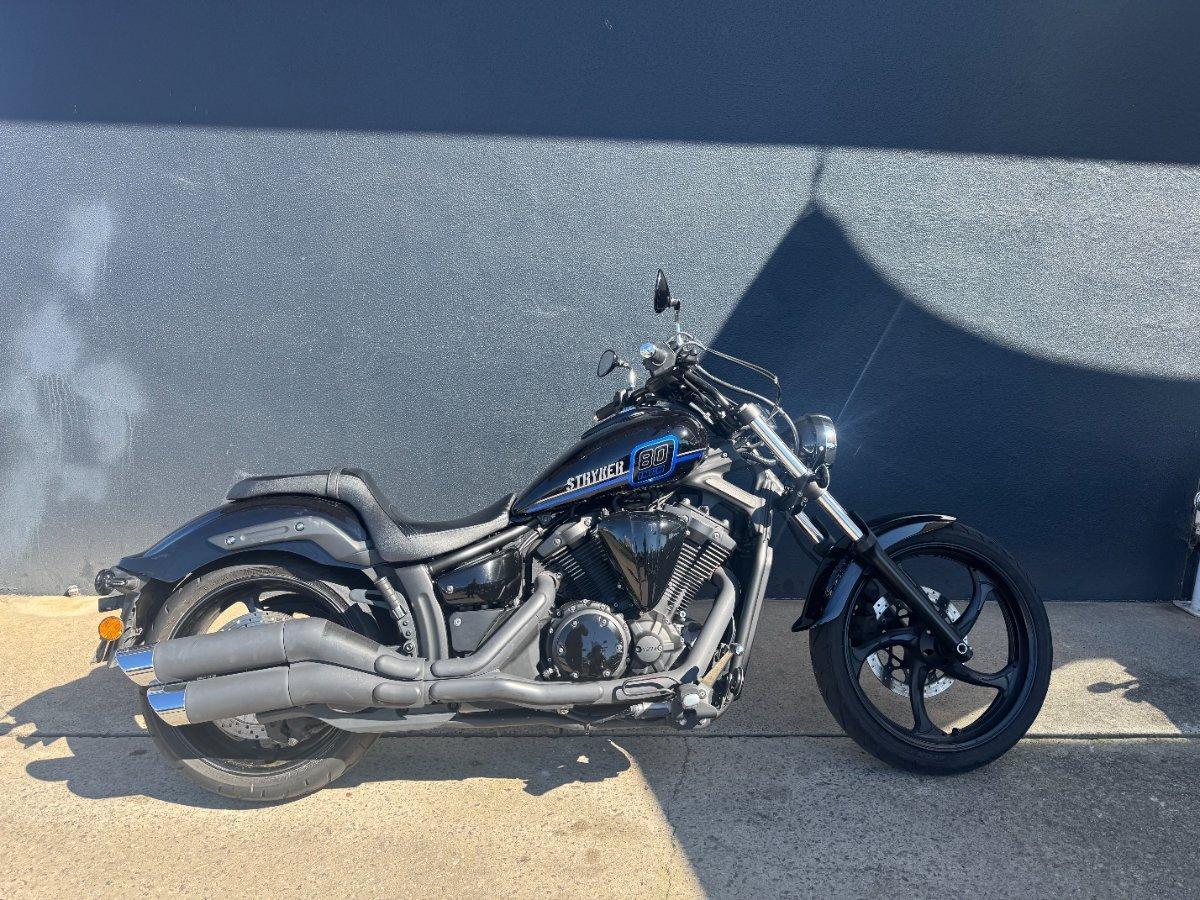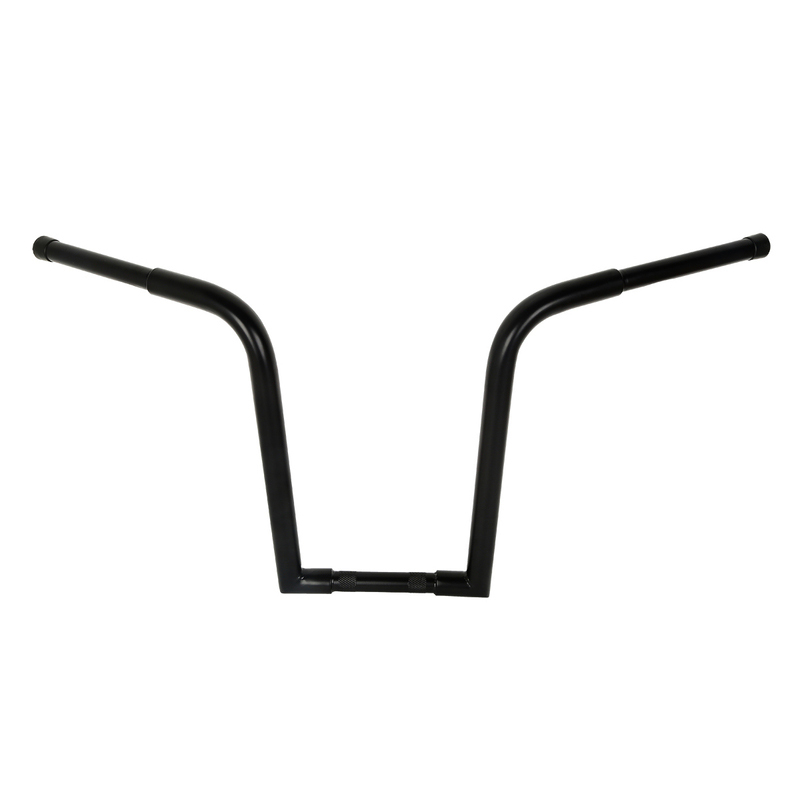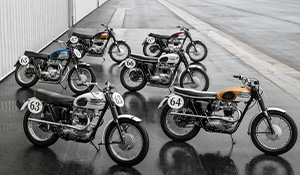Guide to Ride - Sidecars
If you're looking to get involved in motorcycle sport in Australia, the "Guide to Ride" will give you the low-down on what's required. Keep a look out for this page every month for the latest installment - and get the knowledge you need to get involved in competitive riding! For more specific enquiries and further information, you can always visit our website:
Sidecars
Found in many of motorcycle sports' other disciplines (ie. road circuit, speedway/dirt track, enduro, etc.,), 'sidecars' (also known as 'outfits'), are a true team class, with the two team members required to work as a single entity to manoeuvre the specially modified bike around a track or course.
Teams consist of a 'rider', who is responsible for the throttle control, braking and steering, and a 'passenger', who is responsible of maintaining the balance of the machine and tyre traction. It can take many years for both team members to develop the rapport required to become successful in this class of racing, as they are unable to communicate with each other once in action out on the track or course.
Riders can compete in sidecar classes in Road Racing, Historic Road Racing, Motocross, Classic Motocross and Classic Dirt Track, Speedway, Dirt Track and Moto Trials. Some disciplines also have junior sidecar classes. There can be several sidecar classes within the abovementioned disciplines and each have their own specific rules and technical specifications which can be found in the Manual of Motorcycle Sport (MoMS). These classes, however, are still required to follow the same rules for competition as their solo counterparts.
Road Racing: In Road Racing, aerodynamics are the key, so these machines have been designed to be as sleek as possible whilst still carrying two people. Formula One Sidecars 1000cc - most are 'long bikes' with the motor placed behind the rider, and Formula Two Sidecars 600cc - are all short bikes which have the engine in front of the rider.
Historic Road Racing: Period 1&2, Period 3, Period 4, and Period 5 - these machines must meet the required specifications outlined in the MoMS within their own period. Motocross: Sidecar - In motocross, the passenger stands up for the duration of the race, leaning and moving to balance the machine through the jumps and turns.
Classic Motocross and Dirt Track: Sidecar - As with motocross, the passenger stands for the majority of the race and these machines must meet the required specifications outlined in the MoMS within their own period.
Speedway: Senior Sidecar and Junior Sidecar - the passenger usually sits up behind the rider and will climb almost around to the front of the bike to balance it.
Dirt Track: Senior Sidecar - in Dirt Track the machine needs to turn both left and right throughout the race so the passenger must counter-balance in both types of turns.
Track: Sidecar - can be on grass or dirt tracks. Similar to speedway, the passenger usually sits up behind the rider and will climb almost around to the front of the bike to balance it.
Moto Trials: Sidecar - As the team traverse a Moto Trials course, the passenger plays a vital role in counter balancing the machine over obstacles.
Recently, Australia's own Mick Headland and Paul Waters took out the 2009 FIM Track Racing Sidecar 1000cc World Championship. 2009 marked the first time that Track Racing Sidecar 1000cc's have been granted World Championship status.
In order to participate in Sidecar racing in their chosen discipline, riders must have a Motorcycling Australia (MA) Competition License. To get this you will need to join an affiliated club.



















